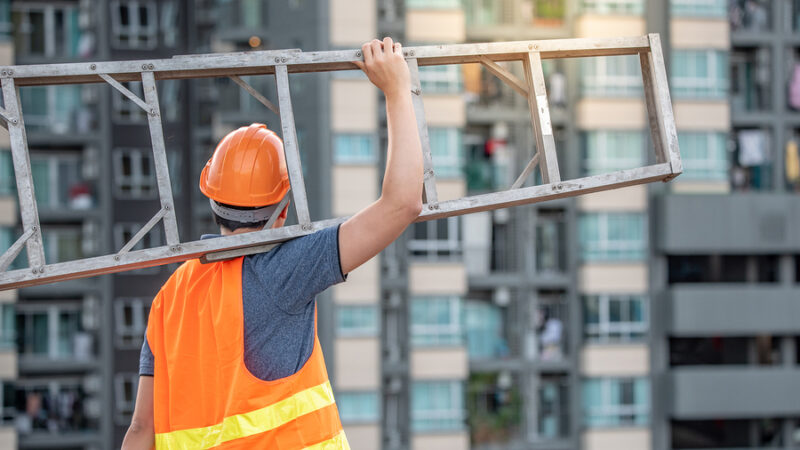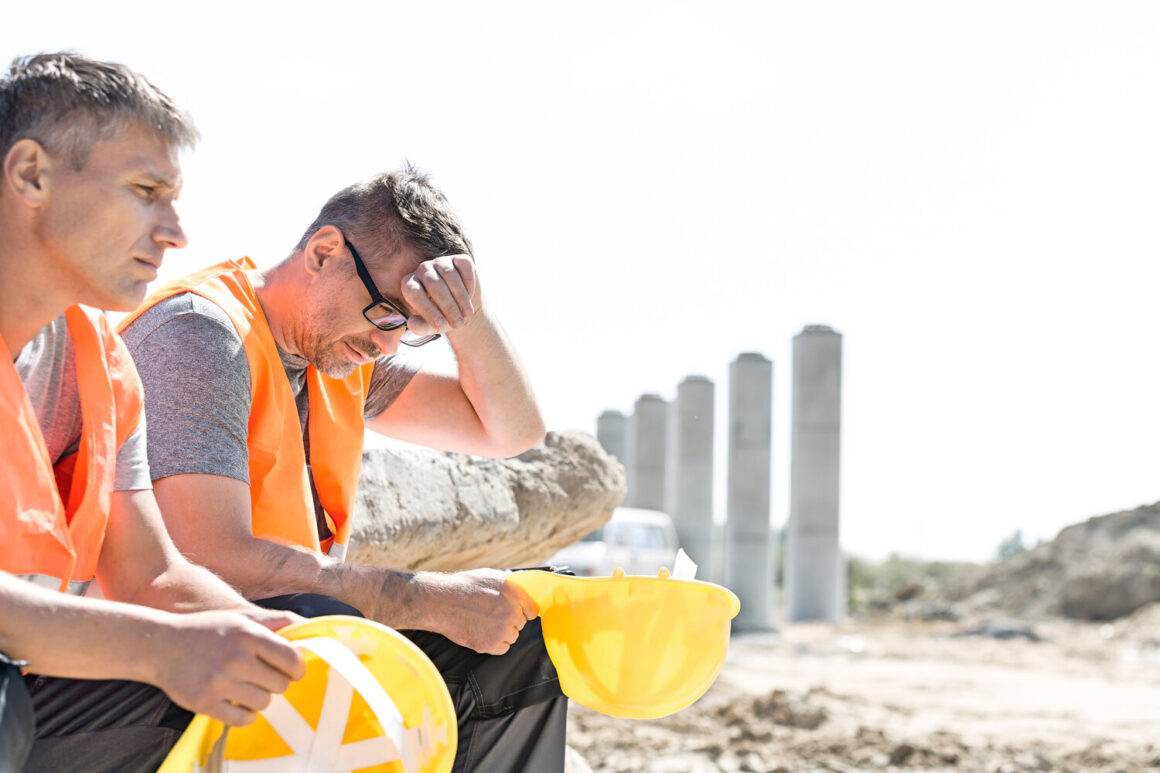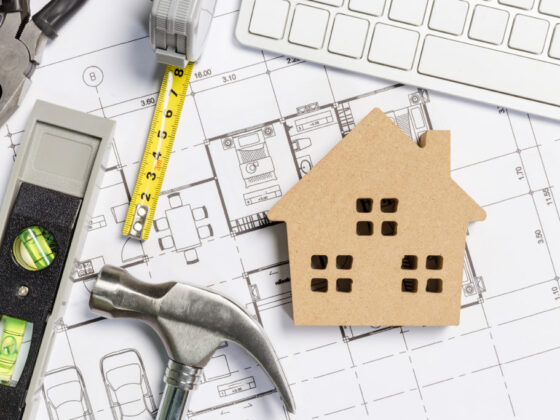The building and construction industry is one of the most vital sectors of the economy, shaping the infrastructure of our cities and communities. However, it also remains one of the most hazardous industries, where health and safety challenges require constant vigilance and proactive management.
From the risks associated with heavy machinery to the dangers posed by working at height, the construction sector must address a wide range of hazards to protect workers and ensure compliance with safety regulations.
This article explores the top health and safety challenges in the building and construction industry, highlighting the importance of a thorough building risk assessment in identifying and mitigating these risks.
1. Working at Height
Working at height is one of the leading causes of accidents and fatalities in the construction industry. Tasks such as roofing, scaffolding, and window installation often involve significant risks, including falls from ladders, platforms, or unfinished structures. Even a short fall can result in serious injuries or fatalities, making this a critical area of focus for health and safety.
To address this challenge, employers must ensure that proper fall protection systems are in place. This includes using harnesses, guardrails, and secure scaffolding. Workers should receive comprehensive training on working safely at height, and regular inspections should be conducted to ensure equipment is in good condition.
2. Manual Handling and Ergonomic Risks
Manual handling tasks, such as lifting heavy materials or equipment, are common in construction work and often lead to musculoskeletal injuries. Poor posture, repetitive movements, and overexertion can cause long-term health issues, affecting a worker’s productivity and quality of life.
Employers can reduce these risks by providing training on safe lifting techniques and investing in equipment such as trolleys, cranes, or forklifts to minimize manual handling. Implementing ergonomic practices and encouraging regular breaks also help protect workers from strain-related injuries.

3. Exposure to Hazardous Materials
Construction workers are frequently exposed to hazardous substances, including asbestos, silica dust, and chemicals used in building materials. Prolonged exposure to these substances can lead to serious health conditions such as respiratory illnesses, skin irritation, or even cancer.
Conducting a detailed building risk assessment is crucial to identifying hazardous materials on-site and implementing controls to protect workers. This includes providing appropriate personal protective equipment (PPE), ensuring proper ventilation, and offering training on handling and disposing of hazardous substances safely.
4. Noise and Vibration Hazards
Prolonged exposure to high levels of noise and vibration from machinery, tools, and equipment can cause hearing loss, tinnitus, or hand-arm vibration syndrome (HAVS). These risks are particularly prevalent in tasks such as drilling, grinding, and operating heavy machinery.
To mitigate these hazards, employers should provide workers with hearing protection and tools designed to reduce vibration. Regular monitoring of noise levels and vibration exposure ensures that workers remain within safe limits while scheduling breaks and rotating tasks can further reduce risks.
5. Electrical Hazards
Electricity poses a significant risk on construction sites, with potential hazards ranging from electrocution to electrical fires. Workers may come into contact with live wires, faulty equipment, or underground cables during excavation work.
To ensure electrical safety, all equipment must be inspected and tested regularly, and any damaged tools should be removed from use immediately. Employers should provide training on identifying and avoiding electrical hazards, as well as establishing safe practices for working near power sources.

6. Vehicle and Traffic Risks
Construction sites often involve the movement of vehicles and heavy machinery, creating risks for both operators and pedestrians. Accidents can occur due to poor visibility, lack of communication, or insufficient separation between vehicle and pedestrian zones.
To reduce vehicle-related risks, employers should establish clear traffic management plans that include designated routes, speed limits, and safe zones for pedestrians. Workers should also wear high-visibility clothing to increase their visibility, especially in low-light conditions.
7. Fatigue and Stress
Long working hours, tight deadlines, and physically demanding tasks can lead to fatigue and stress among construction workers. Fatigue increases the likelihood of errors and accidents, while stress can negatively impact mental health and overall well-being.
Employers can address these issues by promoting work-life balance and scheduling adequate rest breaks. Providing access to mental health resources and fostering a supportive workplace culture also help workers manage stress effectively.

8. Inadequate Training and Awareness
A lack of training and awareness is a common challenge in the construction industry, contributing to unsafe practices and preventable accidents. Workers who are unaware of site-specific hazards or the correct use of equipment are at a higher risk of injury.
Comprehensive training programs tailored to the specific needs of each project are essential. This includes induction training for new workers, refresher courses for experienced staff, and specialized training for high-risk activities. Encouraging a culture of safety awareness ensures that workers remain vigilant and informed at all times.
9. Poor Site Organisation and Housekeeping
Disorganized construction sites with cluttered walkways, poorly stored materials, and inadequate signage can lead to trips, slips, and falls. Poor housekeeping not only creates immediate hazards but also makes it difficult to identify and address risks effectively.
Implementing good site organization practices, such as clearly marking walkways, designating storage areas, and conducting regular clean-ups, significantly reduces the risk of accidents. Maintaining an orderly site also improves efficiency and productivity.

10. Emergency Preparedness
Construction sites must be prepared to handle emergencies such as fires, medical incidents, or structural collapses. A lack of emergency plans or inadequate training can result in confusion and delays, putting workers’ lives at risk.
Employers should develop and communicate comprehensive emergency response plans that include evacuation procedures, first aid protocols, and contact details for emergency services. Regular drills ensure that workers are familiar with these procedures and can act swiftly in the event of an emergency.
The Role of Building Risk Assessments
A thorough building risk assessment is vital for addressing the health and safety challenges faced by the construction industry. This process identifies potential hazards, evaluates their impact, and establishes control measures to mitigate risks. Regularly updating risk assessments as projects progress ensures that new hazards are identified and managed effectively.
By integrating risk assessments into their safety management plans, employers can create safer construction sites, protect workers, and comply with legal requirements.
Conclusion
The building and construction industry presents unique health and safety challenges that require proactive management and a commitment to best practices. From addressing risks associated with working at height to mitigating the impact of hazardous materials, employers must take comprehensive measures to safeguard their workers.
Conducting a detailed building risk assessment is a critical step in identifying and managing these risks, ensuring a safer and more compliant working environment. By prioritizing health and safety, the construction industry can reduce accidents, enhance worker well-being, and achieve greater success in every project.


